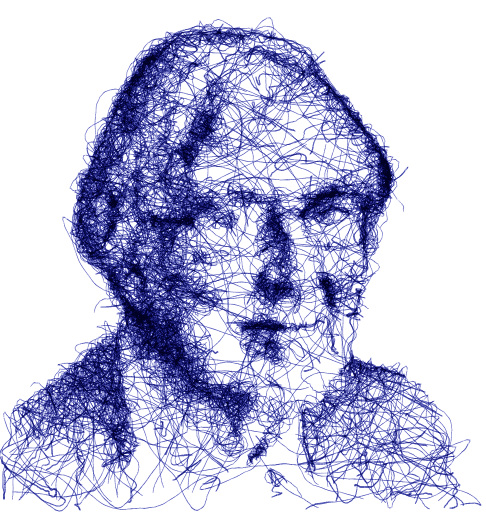Biography of Jon Elster, philosopher

Jon Elster is one of Norway’s most renowned philosophers and social science scholars. He is recognized for his work on analytical Marxism and rational choice theory. After studying in Oslo and Paris, he earned his doctorate at the École Normale Supérieure in Paris with the thesis Production et reproduction: Essai sur Marx in 1972. Jon Elster held the chair of “Rationality and Social Sciences” at the Collège de France from 2005 to 2011. He has taught at Paris-13 University, the University of Oslo, the University of Chicago, and Columbia University. His research focuses on rationality, emotions, and decision-making mechanisms. He is the author of about twenty books, including Agir contre soi (Odile Jacob, 2007). Jon Elster arrived at the Maison de Norvège in 1958.
He who takes his desires for realities can, by accident, come to form the same belief that would have been adopted by a rational agent.
A poem-chair
“I adopted the chair, this familiar object, a few decades ago, at a time when I wanted to create art on a human scale in public spaces, while everywhere else people opted for the monumental: it is an object shaped like the body and serves the body. It is difficult to feel exclusive ownership of an object so universally shareable. It is mine when I occupy it, but if I leave it, someone else can claim it as their chair.” Michel Goulet, artist-sculptor
The project Prendre position
Prendre position is a sculpture-installation project of 47 chair-poems to mark the 100th anniversary of the Cité internationale universitaire de Paris. They were installed in a flowered meadow created especially for the occasion by the campus estate service.
This artistic installation was conceived by the Quebecois artist-sculptor Michel Goulet, in collaboration with François Massut, founding director of the collective Poésie is not dead.
Each house on the campus is represented by a chair, thanks to a donation from the Maison des étudiants canadiens and the support of the Labrenne group. Each of the 47 chairs is a unique work.
History and architecture of the house
The Maison de Norvège was established thanks to a donation from a Norwegian committee that secured equal contributions from France and Norway. Originally planned to house 50 rooms, the house ultimately accommodated twice that number, in accordance with the wishes of the University of Paris. The building is representative of Norwegian modernism.
